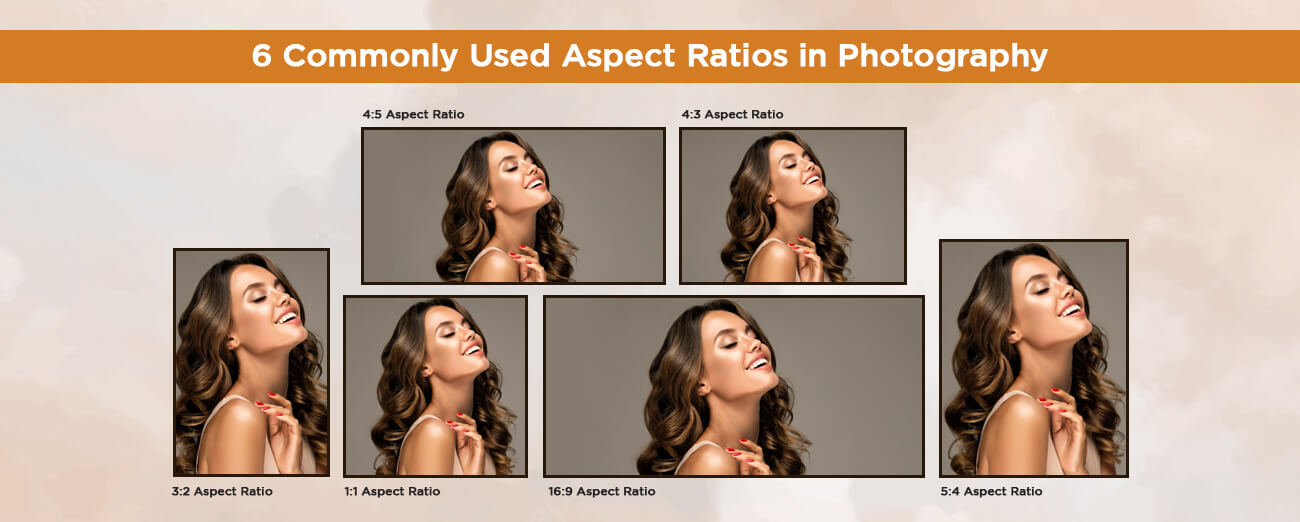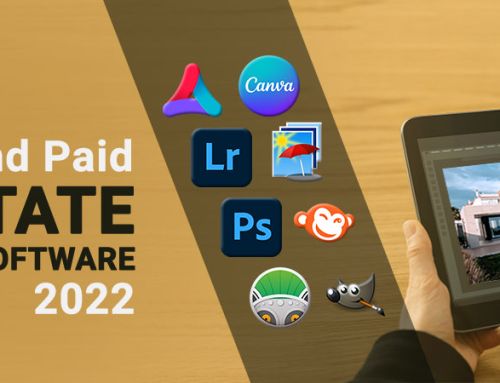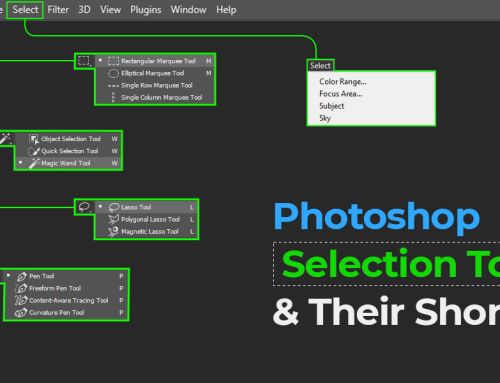Do you want to know what “Aspect Ratio” is? Wondering about its importance and how it is used in photography? Then read this blog until the end, and you shall get a clear idea of the concept and how it has been and still is, a vital component of photography.

What is aspect ratio in photography?
Photo aspect ratio is used to describe an image’s width and height in ratio form. It is an extremely vital element in photography, mostly with regards to photo composition and printing. It is mainly determined by a camera sensor’s size, calculated from the height and width of an image.
Despite being a crucial component of photography, it is not much discussed, and not many people understand the concept fully. There are some common photography aspect ratios that aesthetically and technically enhance an image, and today we’ll discuss all of them.
Photo aspect ratio – mostly used for photography printing
Aspect ratio mostly had its uses when people mainly used to print their photographs; however, with the advent of digital cameras and Smartphones, printing one’s photos has reduced comparatively. Now that we have Smartphones with as much as 256 GB of internal storage, and also that millions of people upload their pictures on social media platforms where the images stay forever – so why bother printing! Hence, the topic of still image aspect ratio doesn’t get much attention.
However, understanding the concept can help a photographer take attractive photos, and also satisfy the clients who prefer photo album in hard copy version.
So how do you know which aspect ratio works the best and can improve the composition of the image you take? Let’s break down the best aspect ratios for photos, why they are so commonly used, and the level of importance they have in photography.
Some common photo aspect ratio standards
You may come across these common photo aspect ratios for print, on cameras or screens, as well as while editing images on any photo editing software. These width and height proportions vary for different scenarios.
Which aspect ratio is the best?
This depends on multiple factors. One can think of cropping or resizing the files, but the end result might not be desirable. That said, while selecting a particular aspect ratio for any image one must consider the following metrics:
- Will the image be uploaded on social media platforms?
- Is there a need to create multiple versions of the same visual to optimize it for different platforms?
- Will it be printed as a hard copy or be used for online advertising?
- Will there be any logos or texts?
- Can changing the ratio adversely affect the image?
Think about the primary usage of your visuals and accordingly identify the best aspect ratio that serves your purpose. This will take time, especially for beginners, but once you gain an in-depth knowledge, selecting the appropriate image dimension will be easy.
Final words
Hope you have enjoyed the blog. By now, we believe you have a fair understanding of the concept of aspect ratio and how it matters for your photography and post-processing. With the advent of modern digital cameras, the concept became more of a personal aesthetic choice. It is much more evident in the aspect ratio for wedding photos, usually set at 3:2 or 4:3, which captures all the event details.
However, knowing the potential ratios your DSLRs have will still help you better adjust your images if you intend to print them? Professional photo editing teams devote sufficient attention to all aspects of photography. That’s the reason they can produce such flawless images.
Stay tuned for our next blog, where we shall discuss another interesting topic!





